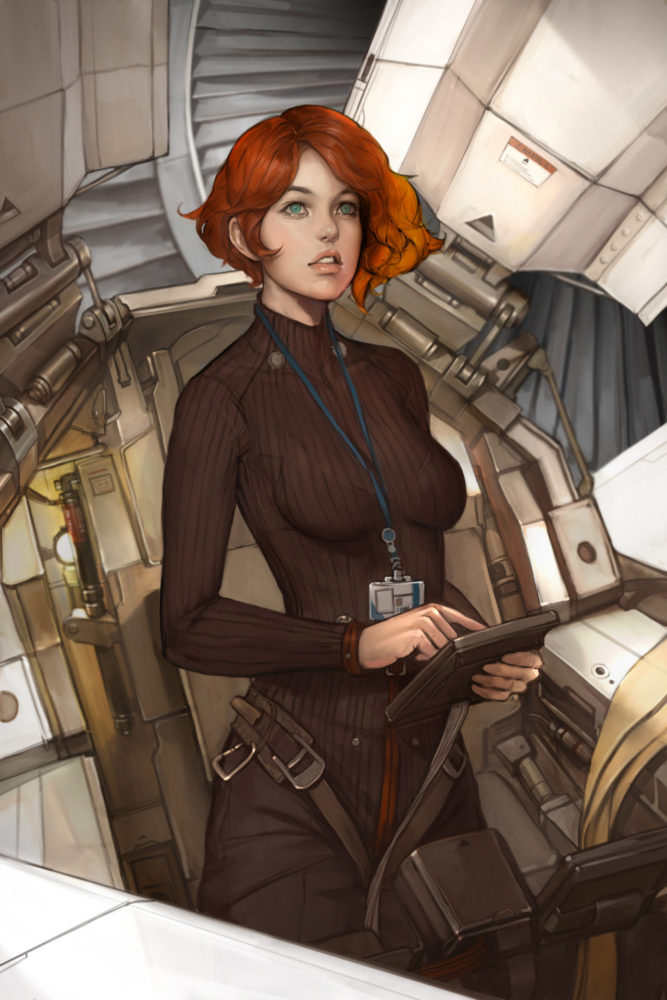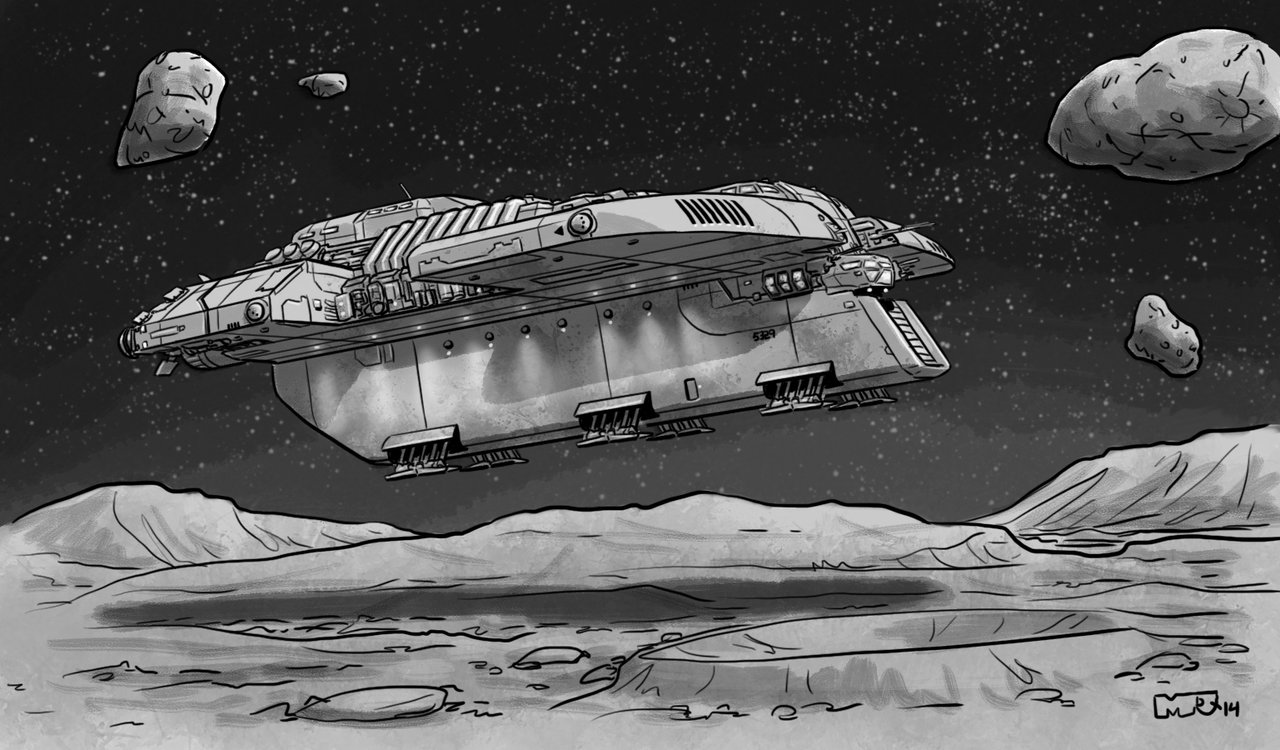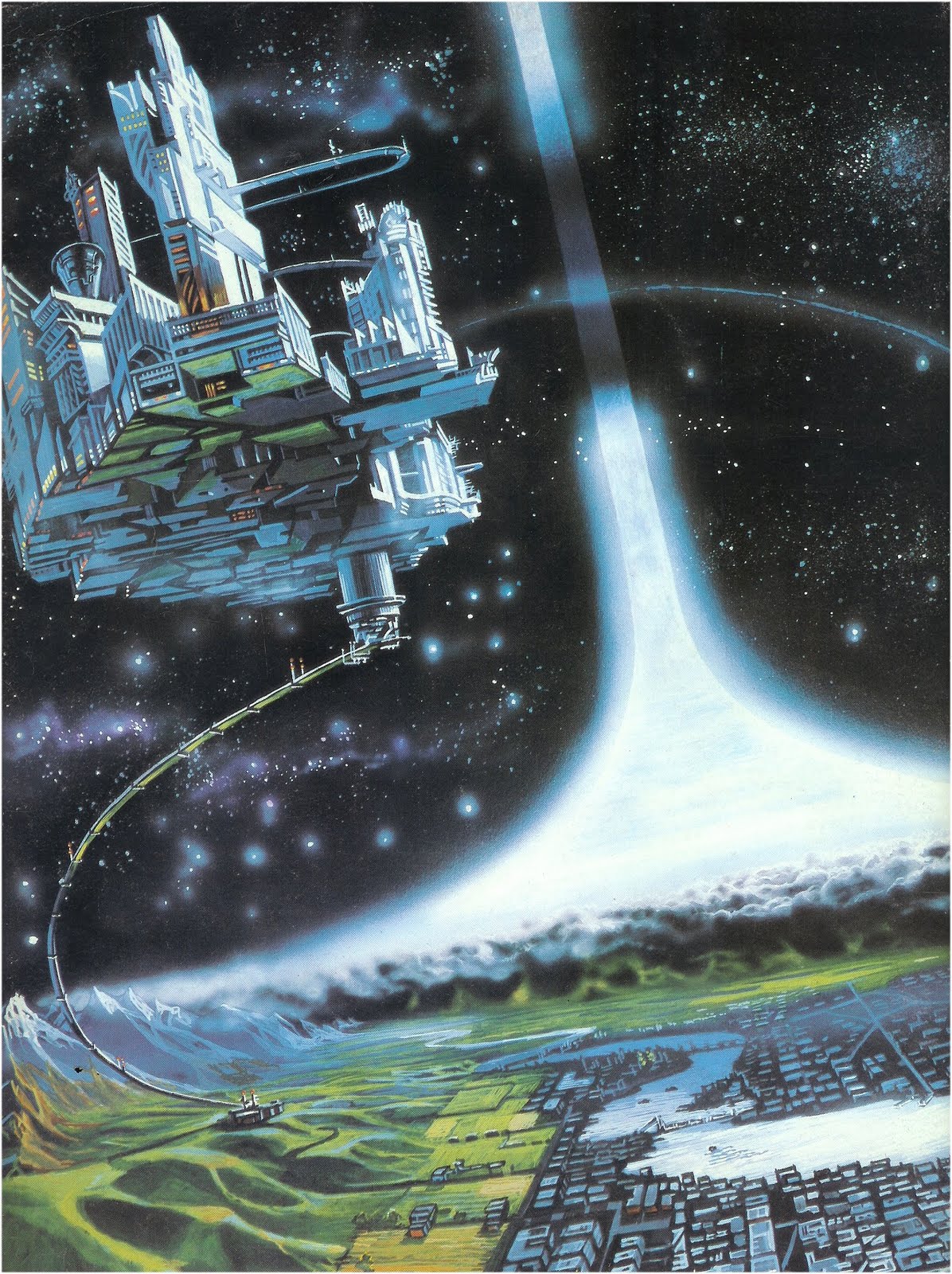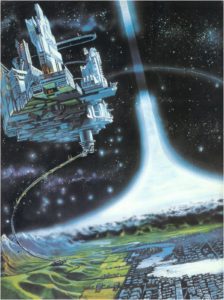Been thinking about the ‘stuff I’m itching to run someday’ so thought I’d jot it down. Interesting how things evolve: see my post in 2014 of things I was itching to run two years ago. Probably the Sci Fi stuff has my biggest interest at the moment.
 Sci-Fi Campaigns
Sci-Fi Campaigns
- Blood & Steel (Imperium RPG) — After investigating a space anomaly, a group of fighter pilots find themselves on a starhopping quest to save humanity. (Think Battlestar Galactica)
- Scientorium (Imperium RPG) — Hidden away by sheer distance and forever shrouded from the minds of the curious lies a mammoth artifact from the previous galactic age, the library of Scientorium. Its strange experience chambers offer passage to a million histories on a million worlds, secrets and technologies undreamed of. Now abandoned by all but its automated security systems and enigmatic caretakers, its workings are oddly twisted and jealous, meting out reward and punishment in equal measure. This is a classic science fiction saga, an epic journey across space and time in the vein of Niven or Heinlein!
- Eris Beta-V (Imperium RPG) — A team of explorers investigates a magnificent ringed gas giant with its numerous moons. Ancient artifacts of enormous power can be found among the rings and asteroids. Every moon is a unique world to be explored. When the system’s valuable commerce is threatened by unscrupulous agencies, the team must root them out and put themselves at great risk on the icy fringes of interstellar space.
- Eschaton: The Dark Star (Imperium RPG) — Interstellar explorers investigate a mind-boggling megastructure hidden in deep space. (Think Ringworld)
Fantasy Campaigns
- World of Redmark: The Wheel of Time (D&D 5e) — Reboot of the campaign started at https://dicehaven.com/dnd/the-island-of-death/ but with new 1st level characters.
- World of Redmark: Caress of Steel (D&D 5e) — New sandbox D&D campaign based on the 80’s Rush albums ‘Caress of Steel’ and ‘Fly By Night’.
- Middle-earth: Darkening of Mirkwood (5e The One Ring) — The Necromancer may have been cast out of Dol Guldur, but a lingering darkness remains over Mirkwood, a shadow that will grow ever longer as the years draw on – unless a band of brave adventurers step forward and hold back the gloom.
- Middle-earth: Chronicles of Arnor (5e The One Ring)-– Adventure in Middle-Earth a millienium before the Lord of the RIngs. “Know this, people of Gondor: were it not for the selfless souls in Arnor who with flashing blades and spilled life-blood fought against the Witch-King and his foul blight in Angmar, our free lands would not have known peace, and our bright cities would long ago have crumbled into forgotten ruins.”
Mini-Campaigns (~ 6 sessions)
- Firefly: Civil War (Imperium RPG) — Epic mini-campaign conclusion to a Firefly campaign Todd, Mason and Stan were running a few years back.
- Reich America: The Shadow Covenant (Custom D&D 5e Modern System) — Resistance fighters uncover a terrifying secret about the Final Reich.
One-Shots
- Star Trek: The Original Series (Imperium RPG) — Boldly going where no man has gone before, the U.S.S. Ares explores mysteries and fights alien enemies on the Federation Frontier.
- Boot Hill: Bounty (Custom D&D 5e Modern System) — You’re the law, but keeping the peace in Texas is a deadly business. Can you survive to collect the bounty on Bad Bart and a dozen other scoundrels whose Wanted Posters litter the sheriff’s desk?


 Starships
Starships







Recent Comments